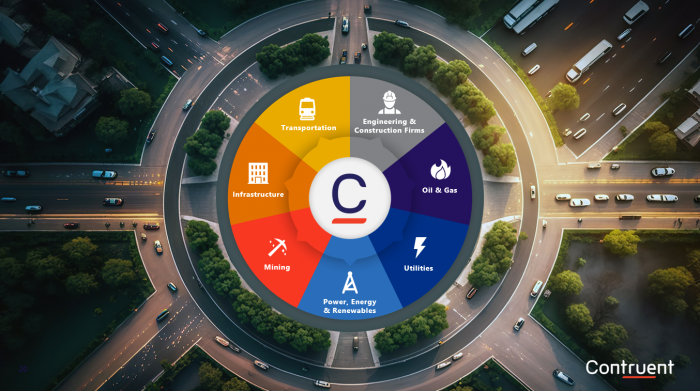Hi all
We have recently been experiencing a large number of completely spurious RISKTYPE categories being passed around between ourselves and the organisations that we regularly exchange programmes with.
The RISKTYPE data seems totally spurious, with random characters / nonsensical text, and it seems system generated - in the sense that its not names that people have typed.
As with POBS contamination, these RISKTYPES are being exported automatically into XER files which are then being imported into other databases and passed on to other organisations. This has now, to my knowledge, infected up to 10 other organisations within our work area.
I know how to remove the data, both from the XER file (either text editor or excel file parser) and from the database (initially from admin settings or if that fails via a delete query on the database), but the problem is that its affecting other organisations and that are not dealing with the issues. It feels like a virus contamination almost.....
Not only is the data spurious, but it contains unreadable characters which cause the file parser & the Pertmaster import utility to fail. This causes a number of problems. Additionally, the data has some structure to it, but its erronious, which causes the EPPM admin module to fail to display much of the coding - thus forcing the need for the delete query.
The volume of spurious codes is regularly swelling - as it seems that each time an infected file is imported it adds to the codes. The amount of data is massive. One dtatbase was contaminated with over 80,000 lines of RISKTYPES. The following lines are a sample of the code names created :
??H?H?H?õ ?‘?H?Ã
A?A?‘?÷levA?A?
AutomaD?Ha?H?HD?fA??D?Ha?H?HD?Ha?H?ÃÃ
As you can see - no human would create this - so im wondering if this is some form of error in P6.......
Has anyone experienced this problem too? And can anyone shed any light on why this is happening?
Im managing the problems in our DB, but we keep having to clean every imported XER, and missing one leads to re-contamination......
My databases are P6 EPPM v16.1, and the software is fully patched and managed by Loadspring - so i dont think there is a problem at my end... Our colleagues use a range of P6 versions, but thats out of my control.
Any ideas please?
Cheers in advance.






Replies